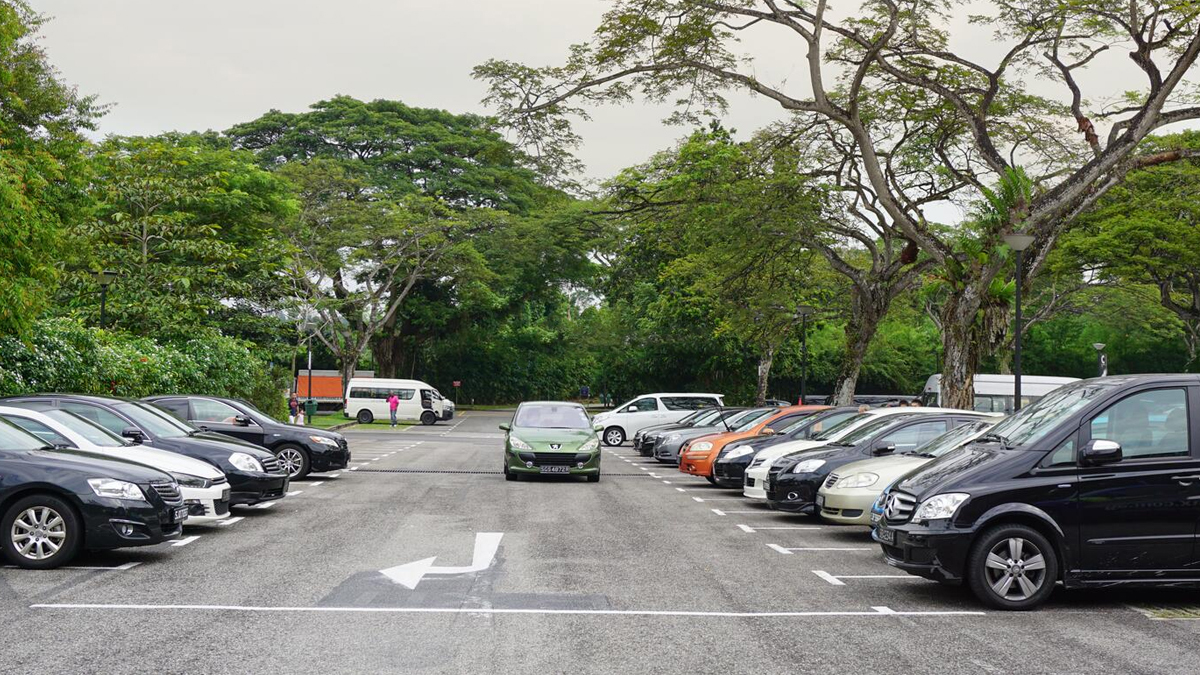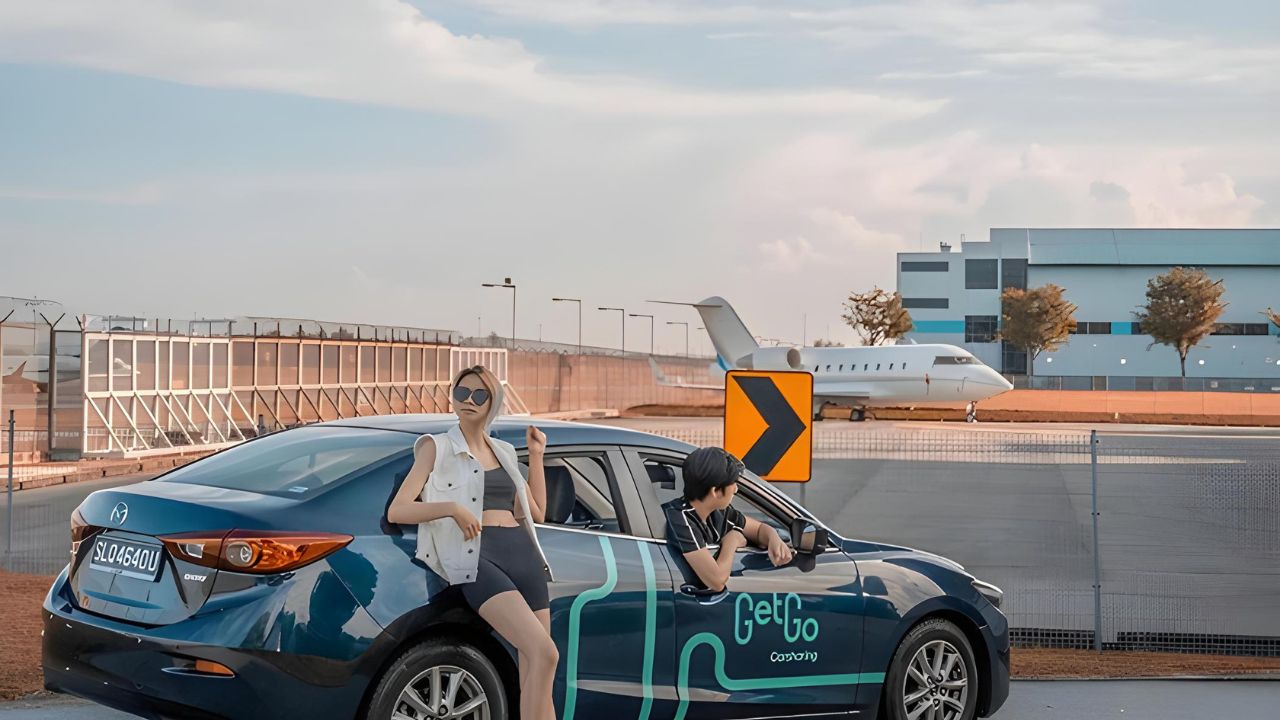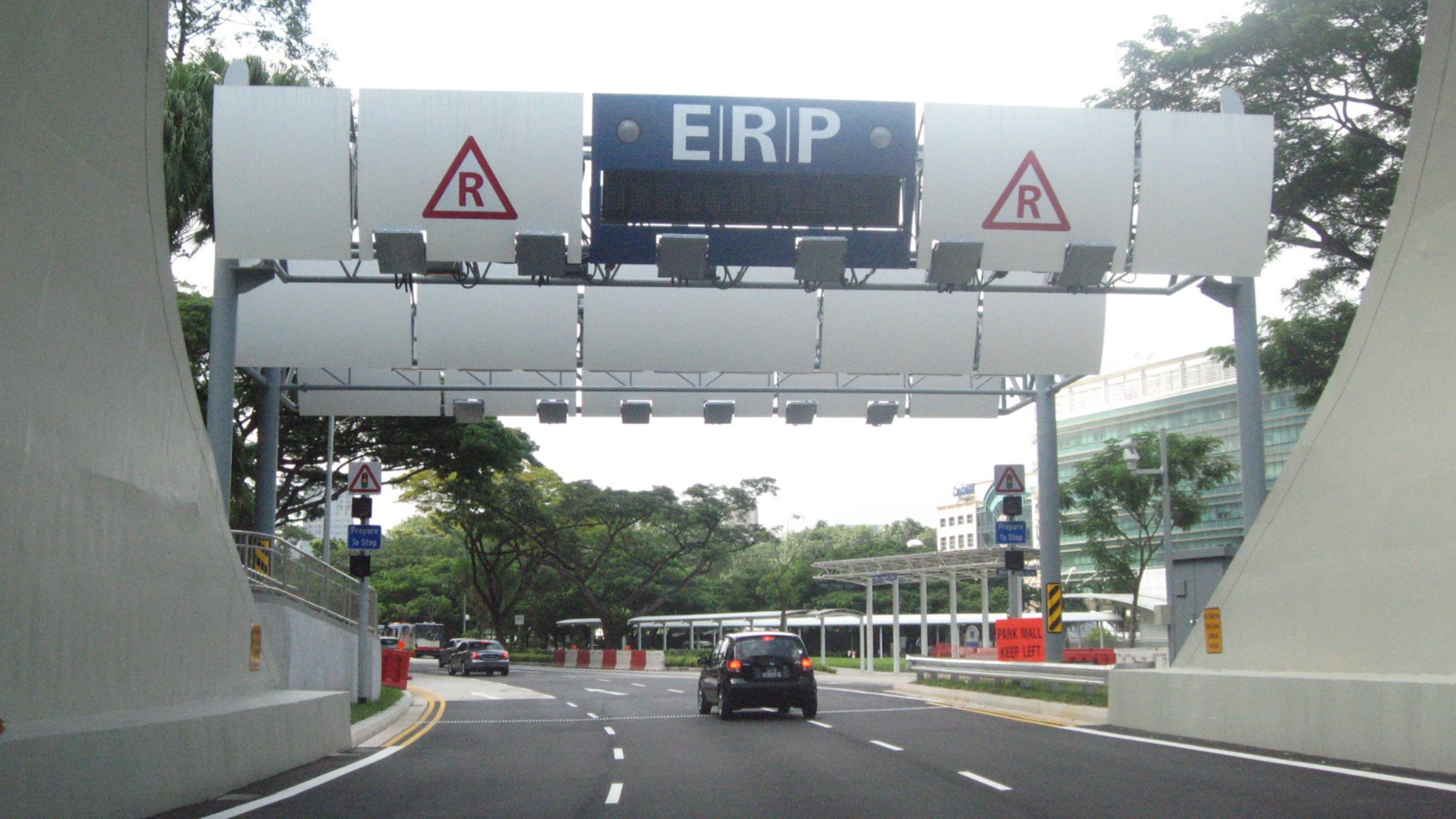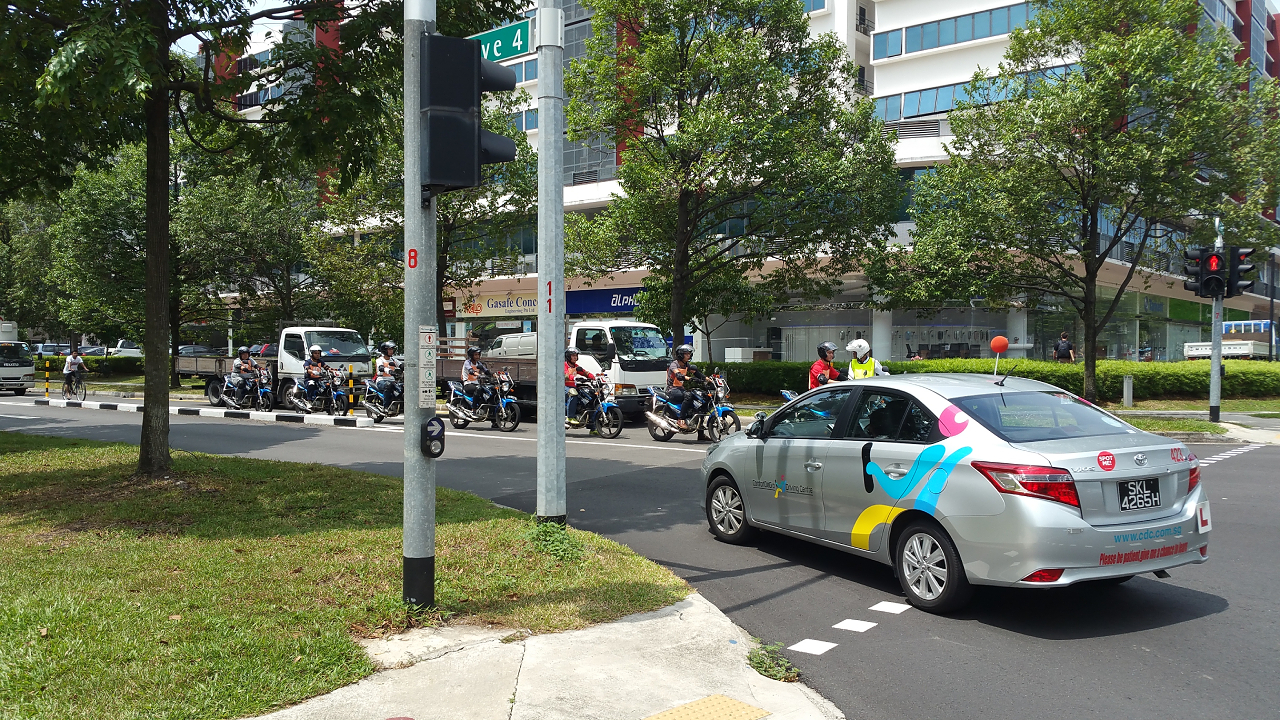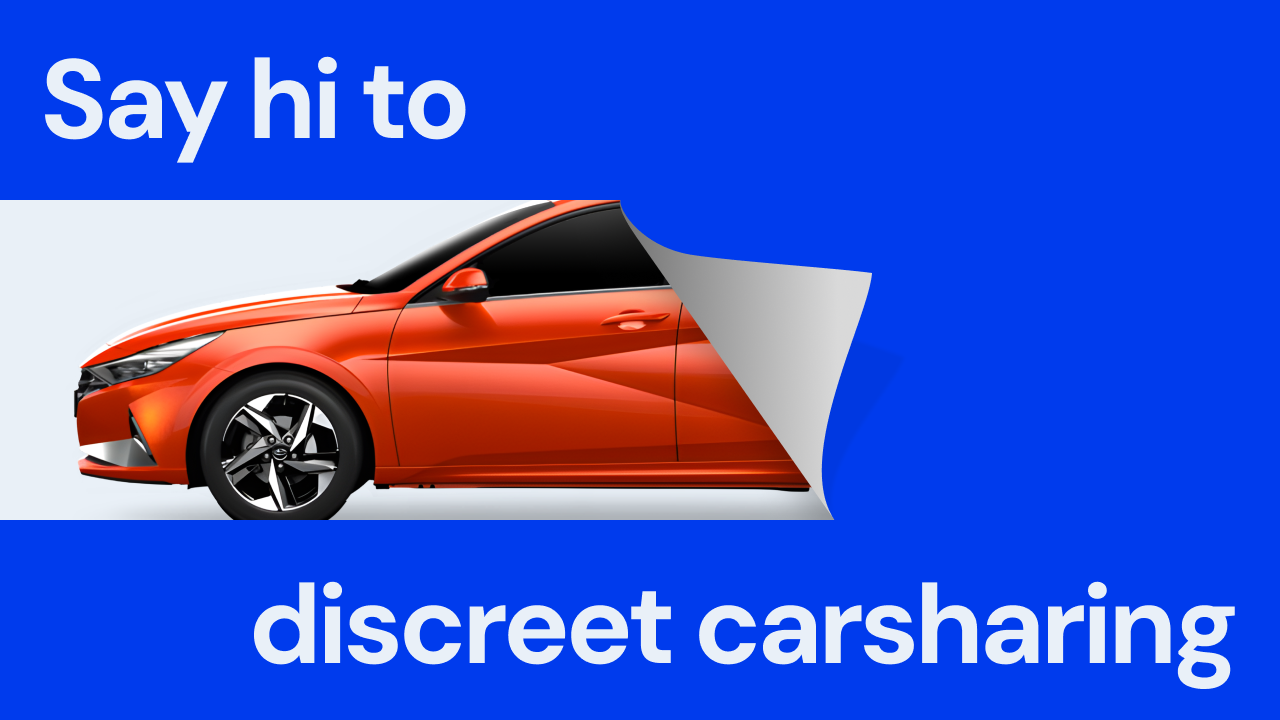Why are COE prices in Singapore perpetually on the rise?
29/11/2021
6.6 min read

Whether or not you have a driving licence, we’re sure you’ve heard of the Certificate of Entitlement (COE) if you live in Singapore. It’s a digital certificate that gives you the right to own and use a vehicle on the island.
Each COE lasts 10 years, after which you may choose to deregister your vehicle or renew the certificate for a total of five or 10 years, depending on your vehicle category and its statutory lifespan.
A COE costs more than what an entire car costs in some countries. 🤯
Yes, you read that right! As of the 2nd bidding of November 2021, these are the COE prices for the following car categories:
| COE Category | Quota Premium |
| A (Cars with engine capacity of 1600cc or below) | $55,001 |
| B (Cars with engine capacity of 1600cc or above) | $79,601 |
| E or Open Category | $86,001 |
(Prices as of 17/11/21)
And these were how much the same Volkswagen Golf 1.4 cost across Asia in 2014 — heads up: The following comparison isn’t for the faint-hearted. 😥
| Country | Price of Volkswagen Golf 1.4 (USD) |
| Singapore | $110,479.80 |
| Vietnam | $47,427.08 |
| Malaysia | $45,724.74 |
| Brunei Darussalam | $37,091.89 |
| Sri Lanka | $31,285.77 |
| Indonesia | $27,147.77 |
| Thailand | $22,984.98 |
| India | $11,748.63 |
Isn’t it mind-boggling that you could’ve actually got the same car in India for about 10 times cheaper?
What’s the rationale behind such exorbitant car prices in Singapore?
Here’s the obvious truth: It’s our size.
Because we’re such a small country, allowing more and more people to own vehicles is simply not a sustainable idea. 12 percent of our total land area is already used for roads, which is so much more than many larger countries. The government foresaw this growth in vehicle ownership a long time ago, and thus intervened early by introducing the COE bidding system in 1995 to control the number of vehicles on our roads.

On top of the COE price, there are also other additional charges that contribute to the soaring car prices in Singapore. They include:
- Additional Registration Fee (ARF)
- Vehicular Emission Scheme (VES) surcharge or rebate
- Excise Duty & GST
- Dealership margins
- Other charges such as IU fee, road tax and car plate fee
Yet, the priciest of these charges have always been and will probably always be the COE.
What’s making COE prices skyrocket?
Now that we’ve laid out some basics, let’s look at the main antagonist of our horror story: the COE.
The price of the COE is determined through a bidding exercise held by LTA twice every month. There is a limited quota of COEs that is made available during each exercise based on the number of cars on the road. The more the vehicle deregistrations, the higher the COE supply. However, as fewer and fewer vehicles are being deregistered, we’re seeing a drop in the COE quota. This limited supply of COEs is why prices shoot up when their demand increases — because more people are competing for fewer COEs.
So, even though you can technically start your bid at S$1, no one does. The moment someone bids higher than you, you’re out of the game. Bidders, whether kiasu or not, end up bidding at high values just so that they don’t lose out. And it’s those with the biggest spending power who often quote a tad too handsomely, such as…
01 • Private-hire operators
Once upon a time, we could still see bidders and how much they were bidding for. Some folks spotted big private-hire players like Uber (which no longer operates in Singapore) bidding aggressively to secure as many COEs as they could during their fleet expansion. In more recent times, both Grab and Gojek may have taken that place.
Private-hire operators can afford to go down this route because it’s their users who ultimately absorb the cost of the COE.
This is not the case with car buyers for personal use who need to bear the cost themselves.
Furthermore, private-hire operators may also be buying older cars, causing a slide in vehicle deregistrations and subsequently in the COE supply.
02 • Local car dealers also bid aggressively to meet their sales targets
Local car dealers who rush to meet their annual sales targets may also be driving COE prices up the wall. This pattern is seen mostly with premium cars. Because buyers of such cars can afford to pay more, car dealers generally see this as an opportunity to make better profits.
03 • Tesla
The latest among the big players in Singapore, Tesla’s rise to popularity may also have possibly cranked up prices as the company is in the midst of finally clearing its five-year backlog of orders and is apparently going all out to secure COEs, according to market watchers.
Unlike other car companies or agents who bundle COE with car prices, thereby risking losses if COE prices turn out higher than expected, Tesla doesn’t package the two together. Instead, the car price is set without the COE after which it waits for the customers’ approval to bid for a certain price. This means that no matter how high Tesla’s bids go, it’s still free from any possible loss with regards to COE.
Carsharing: The economical approach to mobility
There’s no doubt that owning a car in a country like ours weighs heavily on your bank account. This is precisely what inspired us to find a way to ensure the continuity of mobility without having to get into huge financial commitments. In fact, we’ve written a piece on why carsharing may be a better option for you here.
No fretting over car value depreciation
Did you know that right from the moment you purchase a car to the moment you deregister it, your car’s value keeps dropping… and dropping? And we’re not talking about depreciating by a dollar or two a year. A new economy Japanese car’s value can slide by about $10,000 the first three years and continues to slide throughout its 10-year life!
That doesn’t mean that no one should ever buy a car. That’s not a practical solution either. The real question you should ask when deciding if it’s worth buying a car is: how much are you driving?
If the fate of your $150,000 car is to spend most of its life in the parking lot, then you may want to consider giving carsharing a shot first. No need to stay up at night calculating and worrying about how much money you’re losing out from the hours you spend in bed and not on the road.
Pay for what you drive, we’ll handle the rest!
With GetGo, you don’t need to worry about any of the costs that come with car ownership. We cover insurance, maintenance, season parking, road tax, and even fuel. All you have to pay is for the time and mileage you drive. And just like that, you’re able to enjoy the full experience of driving a car (or even a variety of cars) minus the frills!
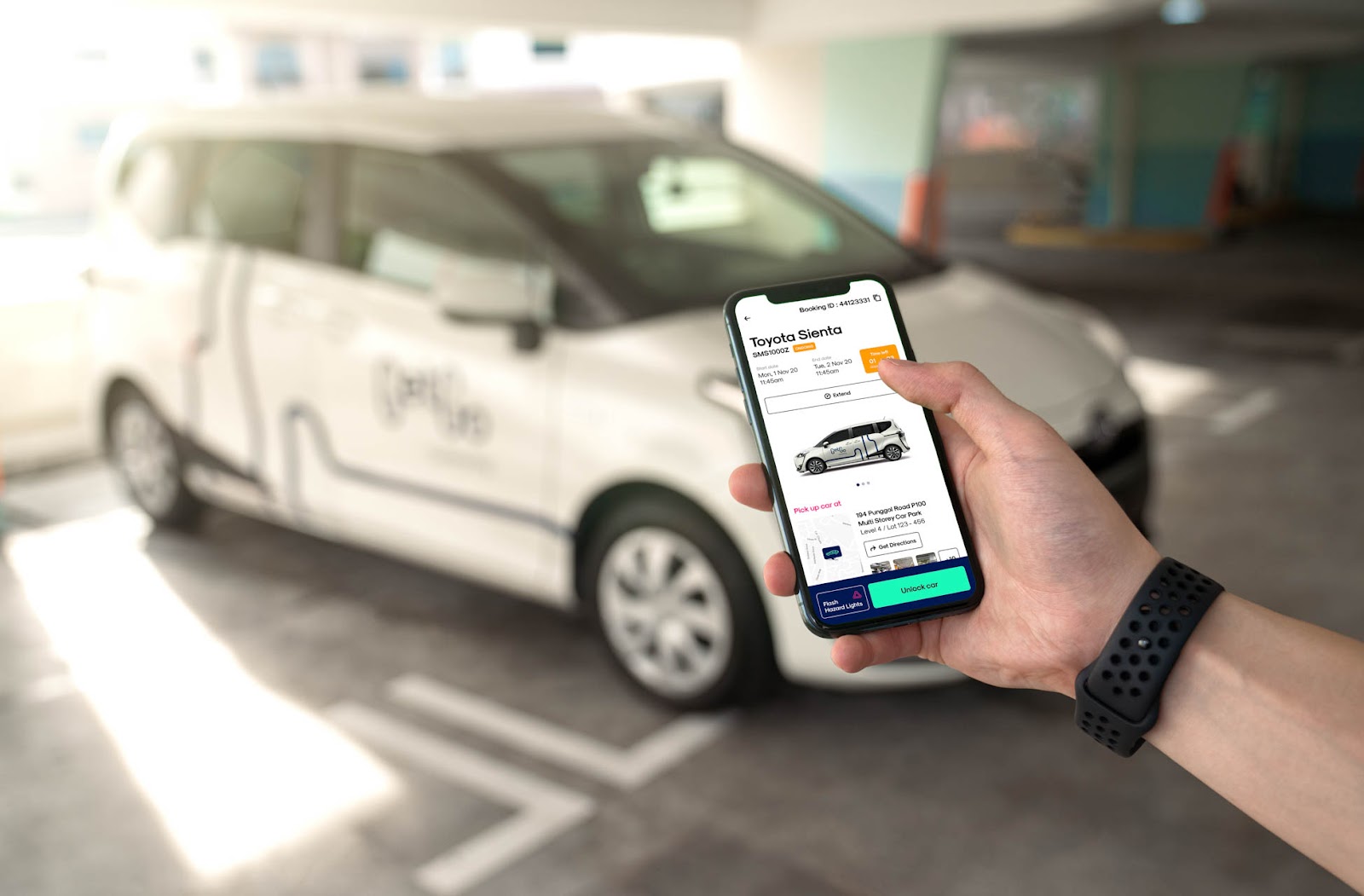
How much will GetGo cost you?
Let’s use 800km driven per month as an estimate for our calculation. If you were to drive with GetGo, that would be around 20 typical GetGo trips, which would only cost you $700. You’ll get to save 50% off your driving needs! If you drive less (i.e. once a week), you would save even more.
On the other hand, $1,400 a month would allow you to drive for 4 hours and 50km daily with GetGo.
But if you do need to drive around regularly and over 1,600km, then car ownership may be just the right pick for you.
Does carsharing sound more viable to you? Check out our blog post on how to get started with GetGo and enjoy the #FreedomToDrive!
You can also watch the video below to learn more about how GetGo works.
Download GetGo now to book from over 2,100 cars islandwide and set off on an adventure today!
Happy GetGoing!
Luna 😆
Trending articles
What's New

loop on our
latest updates,
promos, and weekly news.
The GetGo Blog
Get our latest updates,
promotions and weekly news.


